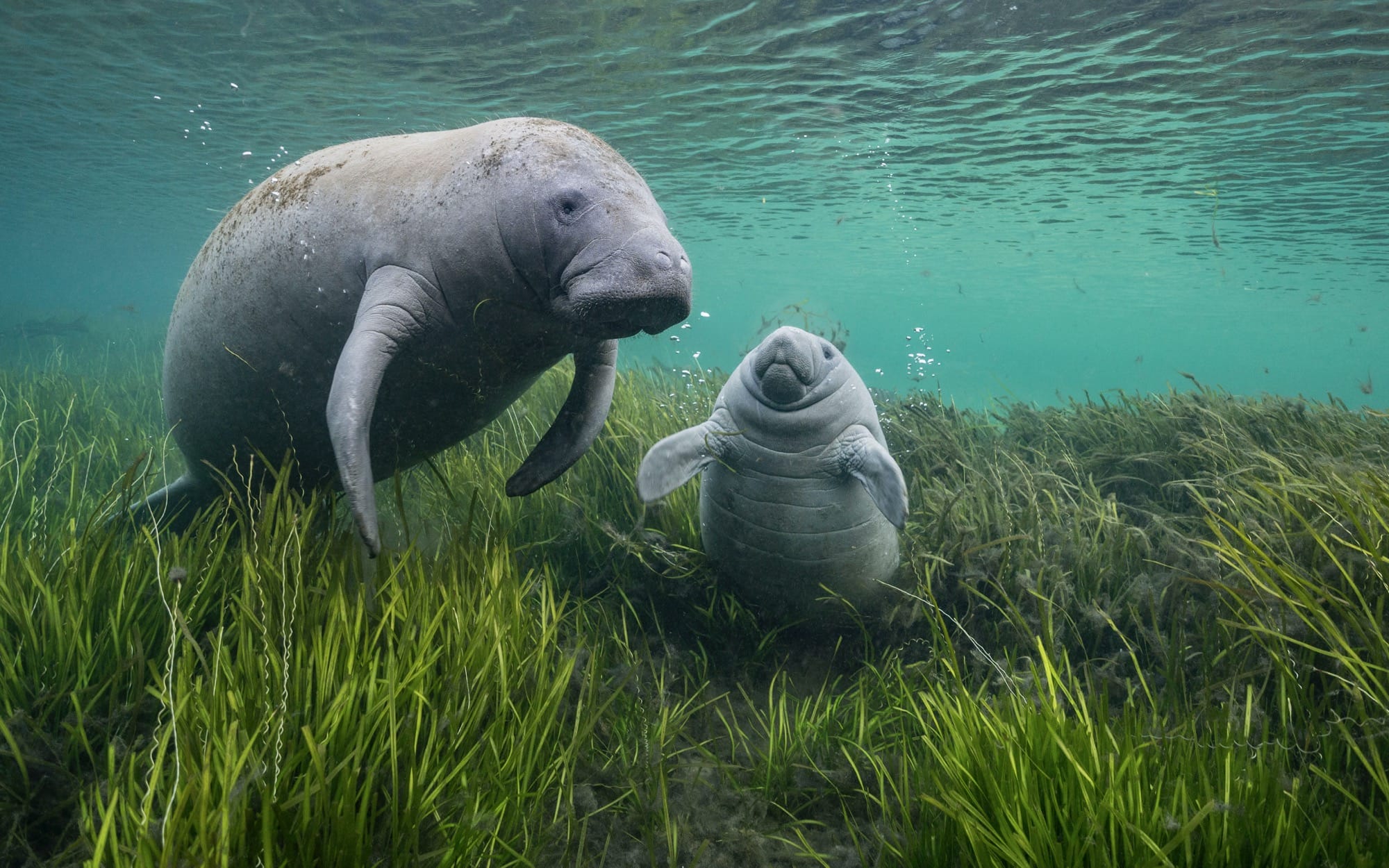This post was originally published on Colossal
The 2024 Wildlife Photographer of the Year competition broke its 60-year record with a whopping 59,228 entries from 117 countries and territories. Hosted annually by the Natural History Museum, the contest is known for showcasing the drama, humor, and harsh realities found in every part of the globe.
This year’s shortlist includes a pair of images taken at the moment large cats catch their prey, along with several tussles, one between bees and another with an annoyed lioness and her overeager mate. Shreyovi Mehta’s “In the Spotlight” and Sasha Jumanca’s adorable “Leaving the Nest” are both recognized in the youth category, which is devoted to incredible works by photographers under the age of 10.
Each year, the winning photos are shown at the Natural History Museum in London. The 2024 exhibition opens in October before traveling the world.












Do stories and artists like this matter to you? Become a Colossal Member today and support independent arts publishing for as little as $7 per month. The article The Adorable and the Fierce Star in the 2024 Wildlife Photographer of the Year Contest appeared first on Colossal.





0 Comments